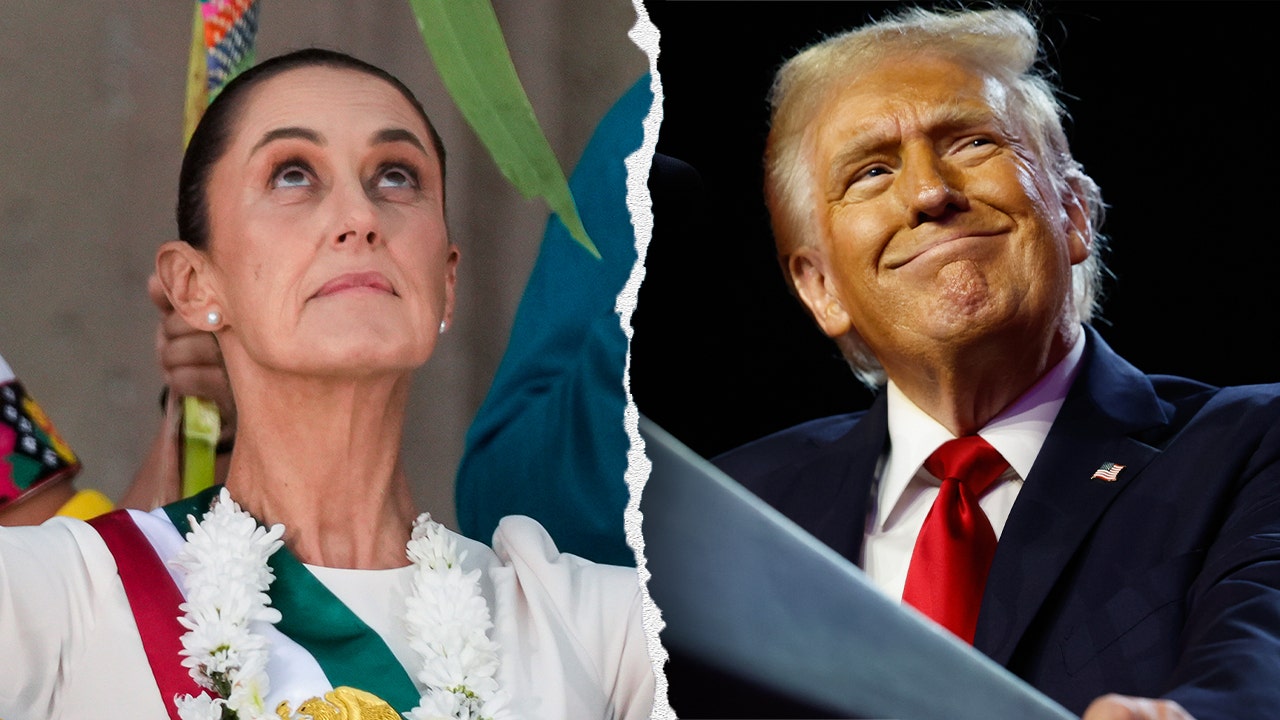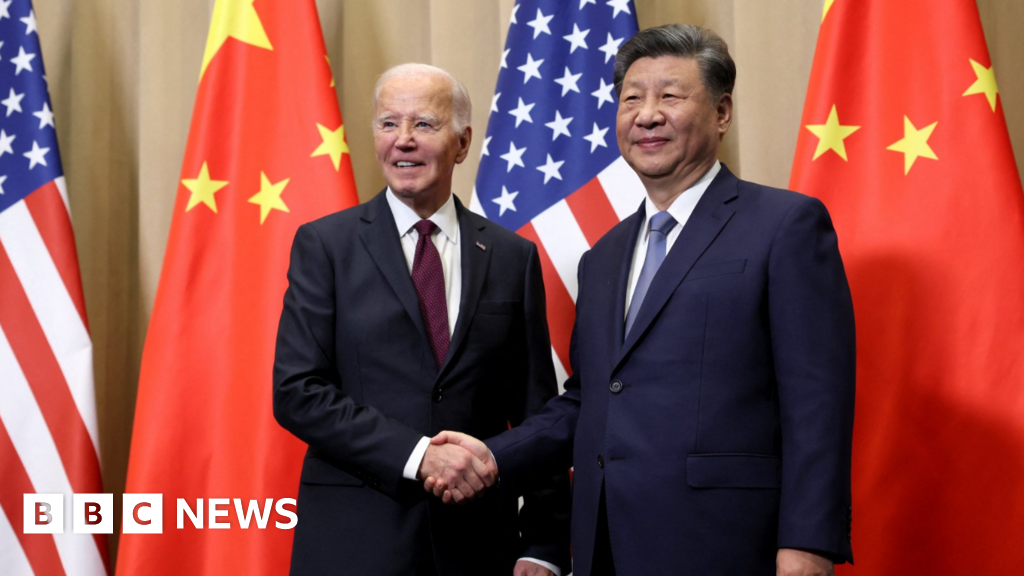Bussiness
The dominance of US dollar and a changing world order

The US dollar remains the dominant reserve currency of the global economy, a position it has held for over 70 years. However, the rise of competing economies and geopolitical shifts may threaten its top position
If the dollar were to lose its status as the world’s reserve currency, the United States would face significant economic and political challenges. Photo: Bloomberg
“>
If the dollar were to lose its status as the world’s reserve currency, the United States would face significant economic and political challenges. Photo: Bloomberg
Over the past century, the US dollar (USD) has emerged as the world’s dominant reserve currency, a status reinforced by its stability during major economic upheavals such as two world wars, the Great Depression, and the shift from a manufacturing to a service-based economy.
Despite these challenges, the dollar’s global influence has steadily grown, propelled by pivotal events like the Bretton Woods Agreement and the adoption of floating exchange rates in the 1970s.
At present, the dollar’s dominant role in the global economy remains firmly intact. Its widespread acceptance facilitates international trade and provides unmatched liquidity and safety compared to other currencies. However, factors such as the rise of competing economies and geopolitical shifts may challenge its supremacy over time.
As the world’s reserve currency, the US dollar provides significant economic advantages. The US faces less exchange rate risk compared to other countries. Additionally, the dollar’s global status enables the US to earn higher returns on foreign assets and pay lower rates on foreign debt. In effect, the US can borrow at cheaper rates and spend abroad more affordably.
This allows the US to maintain a trade deficit, importing more than it exports and consuming more than it produces—a pattern that ultimately raises the American standard of living.
Foreign central banks and major financial institutions hold the US dollar (dollar) as a reserve currency to facilitate international transactions, pay for global debt, or support their domestic exchange rates.
The dollar’s position as the global reserve currency was solidified in the wake of World War II during the 1944 Bretton Woods Conference, where forty-four nations reached an agreement to establish the International Monetary Fund (IMF) and the World Bank.
At the Bretton Woods Conference, a framework for exchange rates was established in which each nation fixed the value of its currency to the US dollar, which was convertible to gold at a rate of $35 per ounce. This arrangement aimed to ensure stability and to avert the “beggar-thy-neighbour” currency conflicts that characterised the 1930s, a reaction to the Great Depression, during which nations abandoned the gold standard and devalued their currencies to secure a competitive edge.
However, by the 1960s, the United States faced a shortage of gold to back the dollars circulating internationally, raising concerns about a potential run that could deplete US gold reserves. After unsuccessful attempts to stabilise the system, President Richard Nixon announced the suspension of the dollar’s convertibility to gold in August 1971, signalling the decline of the Bretton Woods exchange rate framework.
A few months later, the Smithsonian Agreement was reached among ten major developed nations to rescue the system by devaluing the dollar and permitting greater fluctuations in exchange rates, but this arrangement proved to be temporary.
By 1973, the current regime of predominantly floating exchange rates was established. Many nations continue to manage their exchange rates by either allowing them to fluctuate within a specified range or by pegging their currency’s value to another currency, such as the dollar.
As the years progressed, the United States experienced a prolonged trade deficit, partially fuelled by the international need for dollar reserves. This demand enables the US to issue bonds at reduced costs, as increased interest in government bonds allows for lower interest rates to attract buyers, thereby helping to manage the expenses associated with the United States’ significant external debt.
This is a well-explained analysis of the factors that contribute to the continued dominance of the US dollar as the world’s reserve currency. The safety, security, and depth of US markets play a significant role in maintaining this status. The credibility of the US in meeting its financial obligations is crucial in upholding the perception of the dollar’s stability.
If the dollar were to lose its status as the world’s reserve currency, the United States would face significant economic and political challenges. The loss of dollar supremacy would hinder the US’s ability to borrow swiftly and affordably, which could adversely affect its capacity to finance industrial initiatives or social welfare programs.
Furthermore, a shift away from the dollar would fundamentally alter the global financial landscape, which has been shaped by US values under dollar leadership.
As other economies experience faster growth, the relative importance of the dollar in global trade may diminish. These combined factors could gradually weaken the dollar’s dominance, but it may not necessarily result in another currency replacing it as the world’s reserve currency.
Economic sanctions imposed by the US can also impact the use of the dollar in global transactions, as seen in cases like Russia.
Although the dollar’s position appears stable at present, its supremacy is not guaranteed indefinitely. Various factors, including rampant inflation, a decrease in the US share of the global economy and trade, mounting debt, and the frequent application of financial sanctions, could diminish the dollar’s appeal.
Notably, the ascent of China in the global economy and the emergence of digital currencies like bitcoin are areas of particular interest.
In relation to China, a recent development involves the utilisation of the Chinese yuan for crude oil transactions, enabling nations to engage in oil trade without relying on the US dollar. This practice, referred to as “petroyuan,” mirrors the “petrodollars” established in the 1970s when Saudi Arabia and other oil-exporting nations agreed to denominate their oil sales in US dollars.
The euro and China’s renminbi (also known as the yuan) have been touted as potential replacements, but both face significant obstacles. The euro lacks the stability and depth of the US dollar, as the eurozone has yet to fully integrate its central banking system and develop deeper, more liquid capital markets—crucial factors for a viable international currency.
Moreover, the euro nearly collapsed during the Great Recession in 2009, and it now faces additional pressures stemming from the UK’s 2019 exit from the European Union as well as the ongoing conflict between Russia and Ukraine.
The Chinese renminbi faces several hurdles in becoming a global reserve currency. While 70 central banks hold the renminbi in their reserves, it is only the fifth-most held currency globally. During the first half of 2022, a mere 2% of international trade contracts were denominated or settled in renminbi, pale in comparison to the US dollar’s dominance of around 75% of global trade contracts and settlements.
Also, China’s communist government would need to loosen its tight control to allow the open and flexible financial markets necessary to support a currency’s reserve status.
Should another currency or a coalition of currencies emerge to supplant the US dollar as the leading medium of exchange, the United States would forfeit the advantages it currently enjoys, while the nations adopting the new dominant currencies would benefit.
Ahmed Shamir Sakir is a banker and he can be reached at [email protected].
Disclaimer: The views and opinions expressed in this article are those of the author and do not necessarily reflect the opinions and views of The Business Standard.











